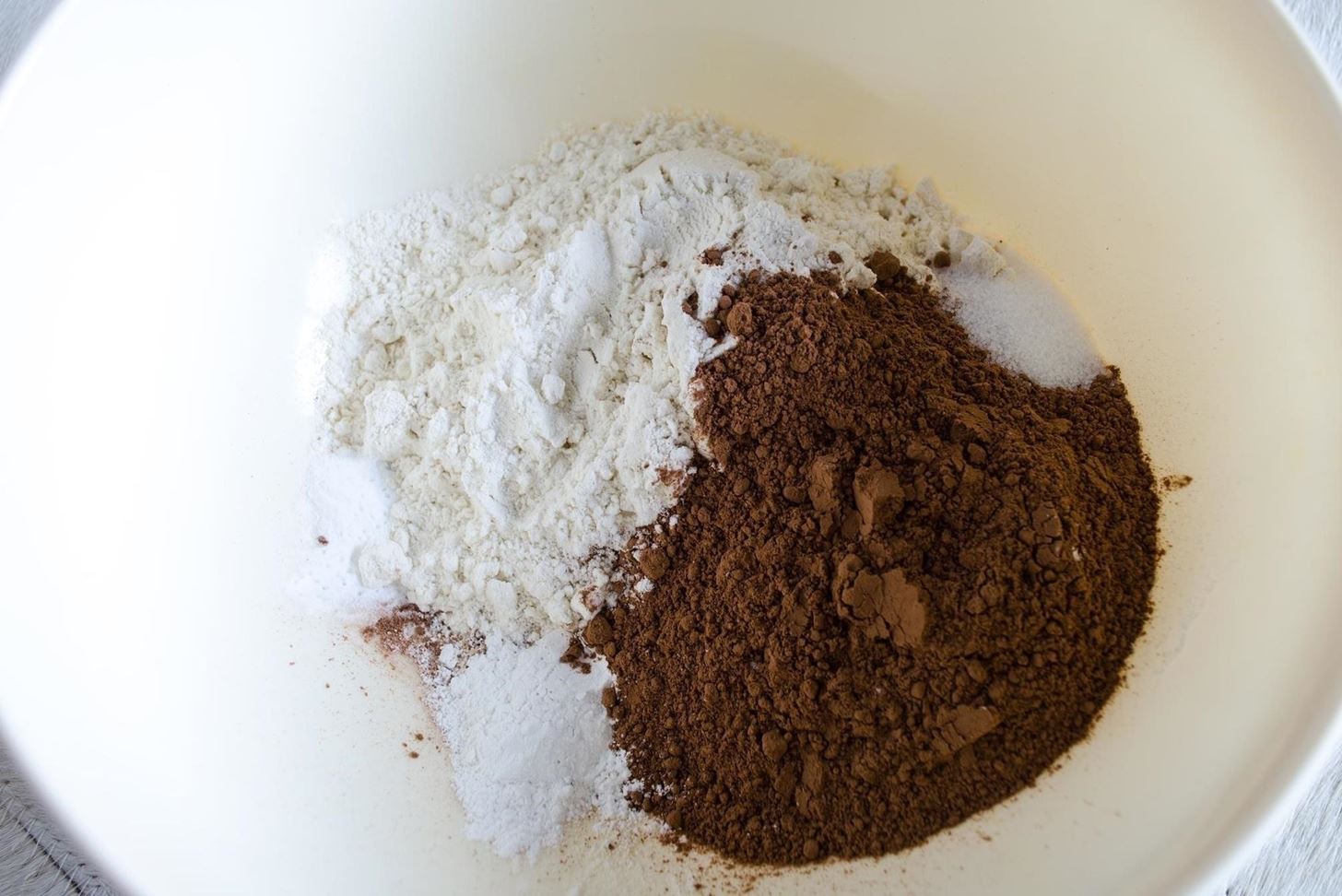Desserts always taste better when they are sugar-coated—and even more so when theyre coated in powdered sugar. In particular, crinkle cookies—cake-y cookies that are chewy on the inside and crispy on the outside—are famous for the powdered sugar that creates their cracked appearance.
While these cookies taste fantastic regardless of their appearance, many people struggle over getting the appearance and consistency of the crinkles just right. But its not as hard as it looks, so long as you know what to focus on when making them!
Ive compiled a list of expert tips for you that will make your crinkle cookies look like they came right out of a professional bakery, whether theyre chocolate, lemon, or whatever flavor you prefer.
Most cookies are soft and flexible, so the dough evenly expands as the cookies bake. In crinkle cookies, however, the powdered sugar dries out in the oven, creating a hard outer shell that is not flexible.

Tip #1: Use Baking Soda & Baking Powder Together
According to the recipe via Cooks Illustrated, a combination of both baking soda and baking powder is needed to create the right amount of spread for the cookie to get perfect crinkles.
Baking soda raises the pH level of the dough and weakens the gluten structure of the cookie. When the gluten structure is weakened, the cookie will both lift and spread.
As for the necessity of the baking powder, The Kitchn notes that, while baking soda neutralizes the acid by raising pH levels, sometimes it is not enough to create a significant rise in the cookie. Therefore, the purpose of adding baking powder (a pre-combined mixture of baking soda and an acid) is to provide additional lift.
Most recipes call for the use of 1 teaspoon of baking powder to 1 cup of flour, but I followed the Cooks Illustrated recipe and added ¼ teaspoon baking soda as well—and recommend you do the same.

Tip #4: Bake Your Cookies at 325°F
Oven temperature determines how much or how little a cookie spreads—and while 350°F is the optimal temperature for most cookies, crinkle cookies are a bit different.

If crinkle cookies are baked at 350°F, the outside bakes and hardens more quickly, which doesnt give the dough enough time to spread. As mentioned earlier, the spreading of the dough is essential to a good crack.
Therefore, crinkle cookies are best baked at 325°F; this temperature allows the ingredients to spread and melt onto the sheet for a longer amount of time before they start to bake and harden (but not spread for too long, which occurs at lower temperatures).

Chocolate Crinkle Cookies | How Not to Mess Up Cookies | Food Network
FAQ
Why do my cookies turn out hard?
Why are my crinkle cookies not crinkling?
What is the secret to making cookies soft?
Why is my cookie crust hard?
Why are Crinkle cookies so hard?
The excess air will cause your cookies to deflate while baking, making them flat and dense. An abundance of gluten will also contribute to dense cookies and make them excessively chewy, too. Crinkle cookies have a very soft and sticky dough.
What are the causes of wrinkles?
Wrinkles are primarily caused by aging, as the skin naturally loses elasticity and collagen over time. Other factors like sun exposure, smoking, and genetics can also contribute to wrinkles. Avoiding excessive sun exposure, staying hydrated, and using skincare products can help reduce their appearance.
How do you make round crinkles?
For perfectly round crinkles, roll it into a ball using your palms. Each ball of cookie dough should be about 1 1/4” in diameter. Gently drop the dough balls into the confectioners’ sugar as you scoop. Once there are about five or six in the bowl, toss them in the confectioners’ sugar to coat evenly.
What makes crinkle cookies unique?
What makes crinkle cookies unique is their appearance made from being coated in powdered sugar! To achieve this, you will portion your dough into balls and then roll each one into granulated sugar, followed by powdered sugar. The layer of granulated sugar will help to soak up excess moisture so that your powdered sugar remains vibrant.
